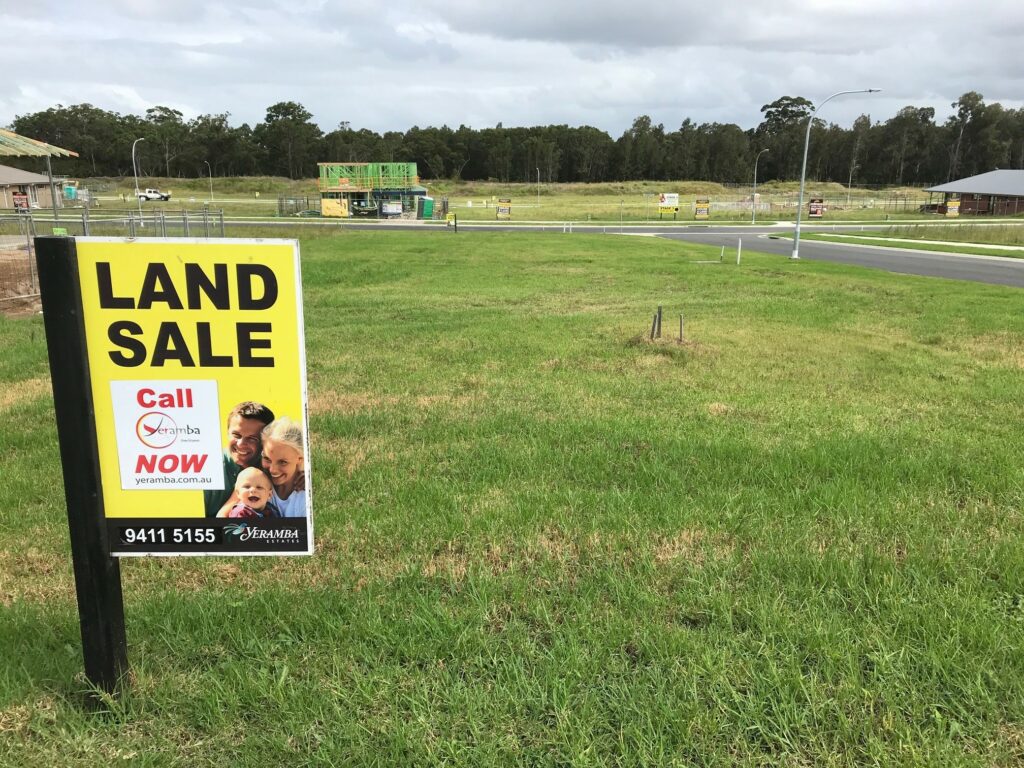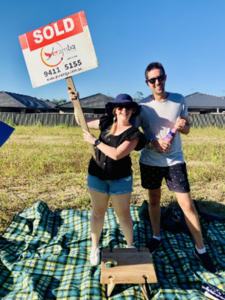Do you want to have greater input into the design of your home? Then building a new home – one that will suit the needs of you and your family – is the way to go! However, before you start drafting up plans, you’ll need some dirt to put it on. It’s time to buy a block of land.
Blocks of land literally come in all sizes. Today we are discussing house blocks in new residential subdivisions like Hamlyn Grove by Yeramba, that have all the services ready to be connected, from water and electricity to fibre-to-the-home Internet.
Blocks of land come in all shapes. There are square and rectangular blocks, corner blocks, battle-axe blocks and blocks with no street frontage and a long driveway for access. There are flat blocks, steep blocks, sloped blocks, blocks with cliffs, blocks set down from the road and blocks set above the road. There are low-lying blocks and blocks with waterways nearby. There are blocks that face north-south or east-west, blocks that are in the lee of a hill and ones which fully face the weather.
Each shape and size will present challenges for the design of your home. If the block you are looking at is rectangular, flat, with full street frontage, in a flood-free area away from bushland and without trees, with access to all services in a new or existing residential sub-division, and with stable soil without rocks then congratulations. It sounds like a Yeramba lot.
If the block you are looking at has some of the other features mentioned above then you’ll need to carefully evaluate how they will impact the design and cost of construction.
Some factors worth noting are:
- Soil: You should consider having a soil test performed by a qualified engineer before you buy land. The cost of building your house’s foundations can ultimately depend on the type of soil that it’s built on. The type of soil that your property is situated on can incur extra costs for earthworks and land retention, so have the soil classified according to the Australian Standard 2870ii,iii.
- Steepness: The steepness of the land must also be considered since steeper land is likely to be more costly to build upon.
- Utilities: Contact utility companies to check the cost of connecting your block of land to water, gas and electricity if the service connections are not included.
- Orientation: Land with a north-facing alignment and a backyard can reduce your energy bills. This is because north-facing rooms are able to maximise the amount of sunlight received during winter and minimise sunlight exposure during the warmer monthsv. This will mean your future house is naturally warmer in the winter and cooler in the summer, saving you money on heating and cooling costs.
- Trees: There may be restrictions on removing trees that could prove expensive.
Don’t forget location
Choosing land close to services such as shops, parks and schools can save you travel time, but be aware of issues like noise pollution. A better location might not offer your ideal piece of land or desired price, but can be worth it if you are able to walk or cycle to shops, schools and public transport, making life easier and healthier.
As important as proximity to services are, there are some location issues it is important to be very aware of as they may impact your ability to obtain finance and insurance, restrict the type and design of house you can build, and increase construction costs.
If your land is situated near a heavily timbered area or one with a history of previous bushfires, the blocks may have a BAL (Bushfire Attack Level) rating. To find out if your land is in a bushfire prone area, contact your local council and ask to view your local bushfire-prone land map. In bushfire prone areas bushfire construction codes may have to be complied with, adding to cost.
Land use will also be limited by council or state government planning controls. Things to look for include required setback from boundaries, shadow rules, height restrictions, floor space ratios (FSR), open space requirements, and minimum block size.
Yeramba Estates, developers of quality land for over 50 years, have a reputation for excellence. We are here to help, and can assist as you travel through the process.




